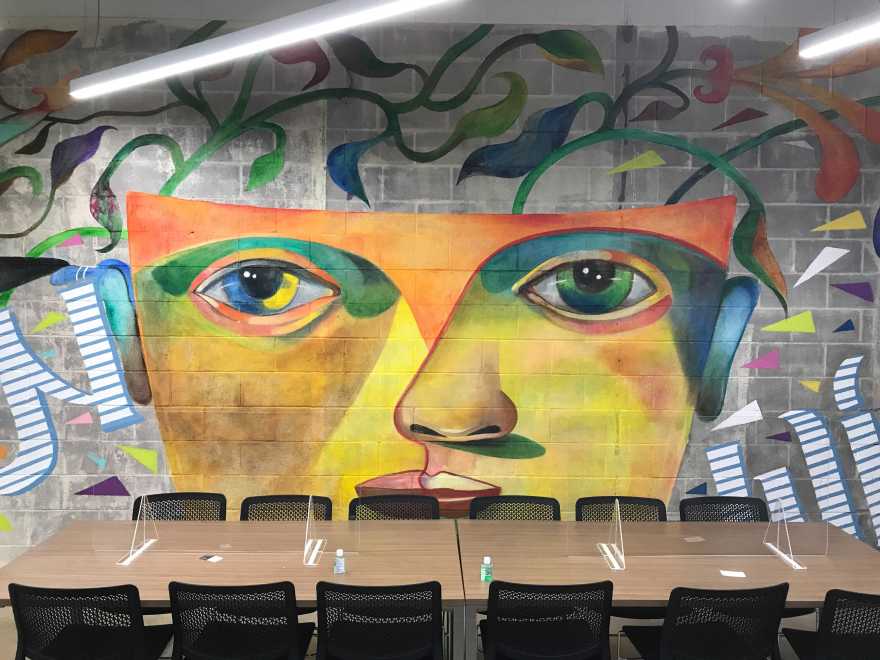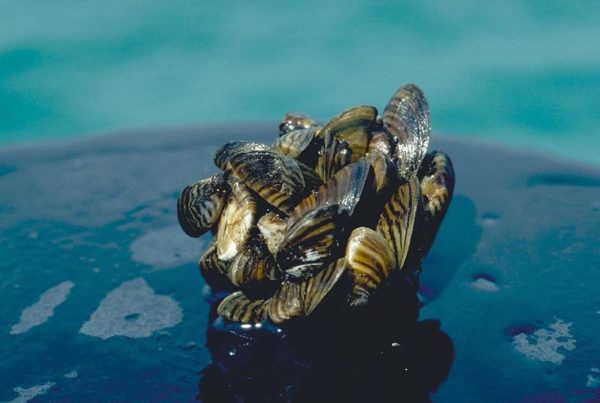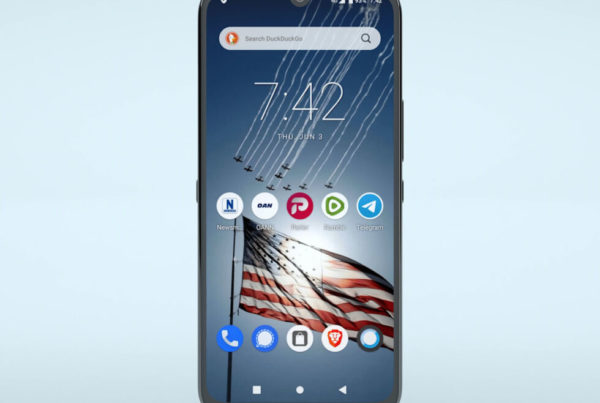From KERA:
Over 4,000 students reported experiencing homelessness during the last school year, according to Dallas ISD. That’s up significantly from the previous school year.
This new shelter is designed to help the most vulnerable of those kids: The ones on their own, experiencing homelessness without their families.
Earlier this month, the shelter at the Fannie C. Harris Youth Center opened to give 14- to- 21-year-old Dallas ISD students a safe place to stay at night and get the help they need.

Jorge Baldor founded After8ToEducate to find innovative ways to meet the complex needs of students experiencing homelessness.
Christopher Connelly
The project is the brainchild of entrepreneur Jorge Baldor, who founded the nonprofit After8ToEducate after he grew frustrated watching the district’s count of students experiencing homelessness remain at “catastrophic” levels year after year.
“I was just astonished. I couldn’t believe it,” he said. “How can this be?”
Baldor’s organization is collaborating with Dallas ISD and the nonprofits Community Council of Greater Dallas and Promise House to run the center and its programming. It has an annual budget of $1 million.
Designing ‘An All-Needs-Met Program’
The 35-bed shelter shares a building with a drop-in center that opened in 2018. It’s built in a converted 1950s elementary school.
The shelter and drop-in center were carefully designed to meet the complicated and varied needs of students facing homelessness.
Retrofitted with the guidance of a panel of teenagers — some of whom had experienced homelessness — the clean lines and modern industrial design details give the center the feel of a youth hostel. It is decidedly non-institutional.
There are polished concrete floors, wood accents, even a podcast studio. Art and bright murals dominate the walls, many with inspirational messages.
The shelter’s layout was also designed to help students feel more comfortable. There are individual showers, and each student can have their own bedroom. There are also some bedrooms with multiple beds for siblings who move in.
Baldor said the thoughtful design and tailored programming makes the center unique.
“The programs that are there to address youth homelessness are cookie-cutter programs. The youth are molded into fitting the program, whereas the approach to [the Fannie C. Harris Youth Center] is totally different,” Baldor said. “The approach to this is: What are the youths’ needs, how do we address them to get the results that we need.”
By combining a drop-in center with a residential shelter, young people can find everything from a few hours respite to a home for a whole year.
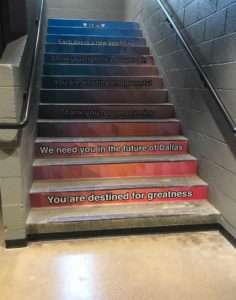
The high school students who helped guide the Fannie C. Harris Youth Center wrote inspirational messages for the young people who’ll spend time living in the residential center.
Christopher Connelly
That’s the driving idea for the center because the experience of homelessness is different for everyone.
Some need a safe place to go and get help with short-term needs, so the drop-in center offers space to hang out, do laundry, or get help from social services organizations.
The residential shelter is designed to serve different functions for those who need a place to live. It’s expected to serve around 250 young people each year
On one floor, 14- to 18-year-olds are expected to stay anywhere from a few weeks to a few months, and get access to an array of services to help them graduate high school.
“Some of these kids will eventually transition into foster care, and some will go through a family reunification program, and they’ll be able to go back into a stable home environment with relatives who may have received training, counseling, coping skills, and resource guidance to meet their needs,” Baldor said.
Another floor offers transitional housing for 18- to 21-year-olds with programs designed to help them lead stable and independent adult lives. That could include job training, earning a high school diploma or enrolling in college. They’ll get financial coaching, and help finding an apartment or obtaining a driver’s license.
“It’s an all-needs-met kind of program. It’s all encompassing,” said Jorge Baldor.
Meeting The Needs Of An Hidden Population
Youth homelessness is on the rise in Dallas. More than 3,500 students experienced homelessness during the 2019-2020 school year, according to Dallas ISD. Last year, that number jumped to 4,368, according to Ashley Marshall, the district’s homeless education program manager.
Those numbers are almost certainly an undercount because they largely rely on students reporting their homelessness to a teacher or other adult at school. It’s a population that is largely invisible, she said.
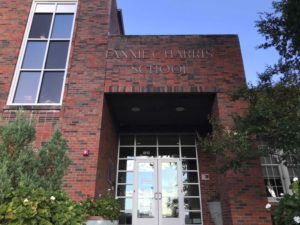
The Fannie C. Harris Youth Center is housed in a converted 1950s elementary school near Fair Park. The building sat empty for several years before Dallas ISD and nonprofits transformed it into a drop-in center and homeless shelter.
Christopher Connelly
“It always sounds like a huge number to people. They always say to me, ‘But I don’t see 4,000 kids on the street with a shopping cart or a cardboard sign,’” Marshall said.
Most of those 4,000 kids are members of families that are experiencing homelessness, which the U.S. Department of Education defines as lacking access to “a fixed, regular and adequate nighttime residence.”
Marshall said most families with kids experiencing homelessness live in extended stay hotels, crowd into the home of another family, or move into homeless shelters. A smaller portion live on the streets or out of their cars.
The shelter at the Fannie C. Harris Youth Center is for kids who are experiencing homelessness without their families, kids who are basically on their own. Some leave home because they don’t get along with their parents, or they aren’t safe there.
“A big one right now is if they’re LGBTQ. If they’ve made that announcement to their family and their family doesn’t agree with that, then they’re asked to leave,” Marshall said.
Students experiencing homelessness are navigating all of the difficulties of adolescence at the same time they’re navigating trauma, abandonment, and other mental health challenges, Baldor said.
Baldor hopes this center will be a model for future endeavors across North Texas and throughout the country: Built to meet the specific needs of students who are dealing with more than any kid should have to.
“We wanted to offer an alternative, and show these kids that someone really cares about them, that someone acknowledges them and understands how valuable they are: as valuable as kids in any other part of this city.”
Got a tip? Christopher Connelly is KERA’s One Crisis Away Reporter, exploring life on the financial edge. Email Christopher at cconnelly@kera.org.You can follow Christopher on Twitter @hithisischris.


